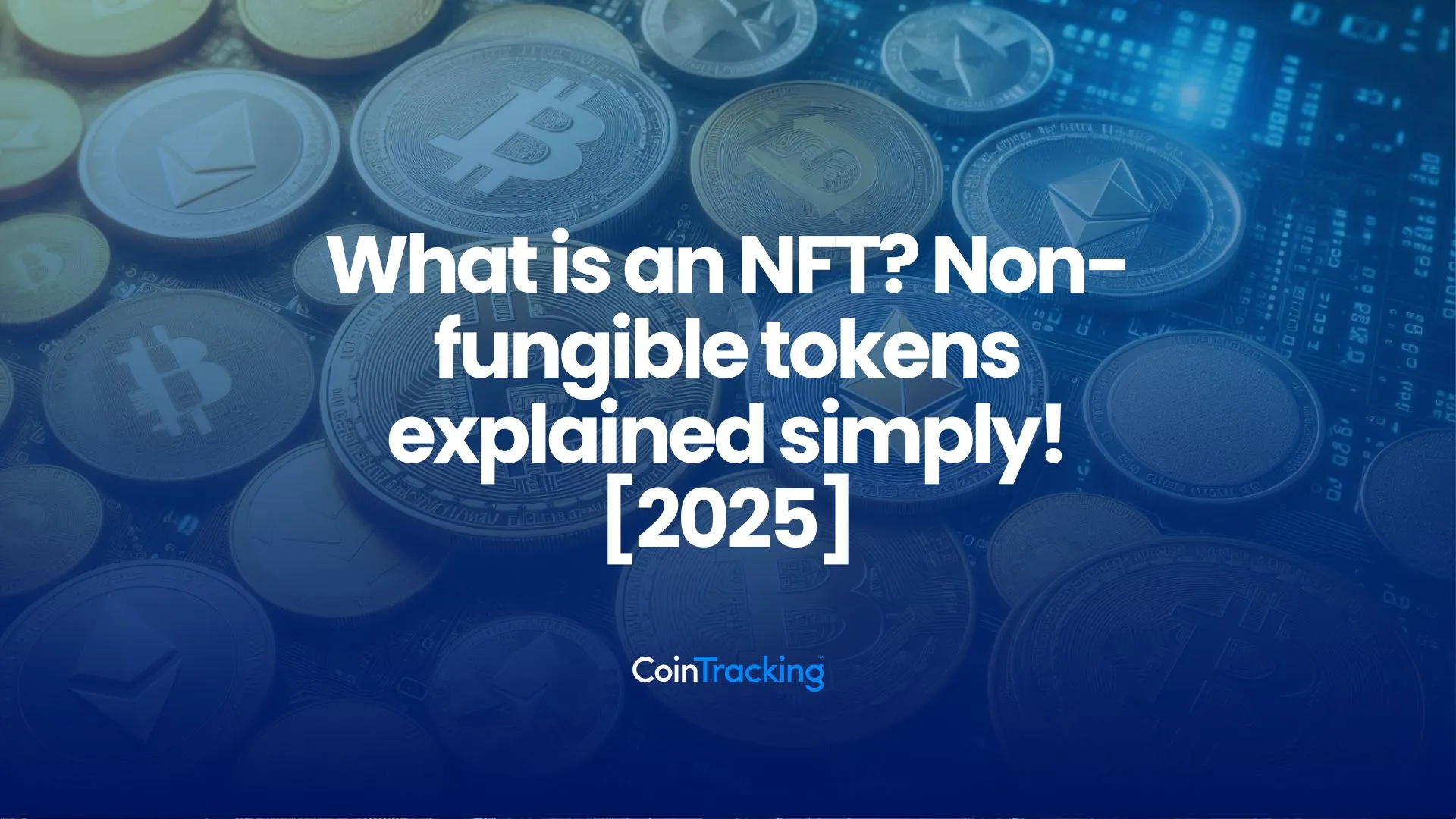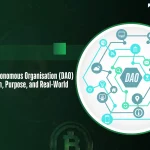NFT Utility Beyond Art: Real-World Use Cases You Probably Haven’t Considered
When you hear “NFT,” what comes to mind? For most, it’s a digital cartoon ape or a pixelated punk. A speculative asset, a profile picture, a piece of internet history. Sure, that’s part of the story. But honestly, that’s just the tip of the iceberg.
The real revolution isn’t in what these tokens look like, but in what they do. An NFT is, at its core, a unique digital certificate of ownership. A key. And that key can unlock so much more than a JPEG. Let’s dive into the tangible, practical, and frankly mind-bending utility of NFTs that stretches far beyond the gallery wall.
More Than a Collectible: The Digital Key Analogy
Think of a utility NFT less like a painting and more like the key to your car. The key itself isn’t valuable because it’s pretty (most are pretty bland). Its value comes from the access and function it provides—the ability to start the engine, open the trunk, and drive. That’s the shift in perspective we need.
Real-World Use Cases Changing the Game
1. Ticketing and Exclusive Event Access
This is a big one. The current ticketing system is, well, broken. Scalpers, fake tickets, and lost stubs are a universal frustration. NFT ticketing solves this elegantly.
Each ticket is a unique, verifiable asset on the blockchain. It can’t be duplicated. But the magic happens after the event. That NFT ticket doesn’t just vanish. It becomes a permanent, unforgeable memento of your experience. Artists can airdrop exclusive content—backstage photos, unreleased tracks, special merch discounts—directly to the wallets that held the ticket. Your ticket becomes a lifelong backstage pass.
2. Membership and Community Building
Remember trying to find that exclusive club in a back alley? The one with the unmarked door? An NFT can be your digital version of that secret handshake. Projects like Friends With Benefits use NFTs as gateways to private forums, IRL meetups, and curated news channels.
It’s a seamless way to manage a global community. You don’t need a complex login system. You just need to connect your crypto wallet. If you hold the token, you’re in. If you don’t, you’re out. It’s that simple. This model is being adopted by everything from investment DAOs to local book clubs.
3. Real-World Asset Tokenization
This might be the most profound use case. Imagine owning a fraction of a rare vintage car, a piece of real estate, or a famous painting. Sounds impossible for the average person, right? Not with NFTs.
These physical assets can be represented by digital tokens on a blockchain. You can own 1% of a Picasso. Or have a stake in a commercial property. This unlocks liquidity for previously illiquid assets and democratizes investing in a huge way. The NFT acts as your immutable, legal-grade proof of partial ownership.
| Asset Type | How NFT Utility Works |
| Real Estate | Represents property deeds or fractional ownership, simplifying and securing transfers. |
| Luxury Goods | Acts as a digital passport for a physical handbag or watch, proving authenticity and ownership history. |
| Intellectual Property | Can represent ownership of a patent, song copyright, or trademark. |
4. Digital Identity and Credentials
Your university diploma, your professional license, your medical records—these are all forms of identity and achievement that are currently easy to forge and a nightmare to verify. An NFT can serve as a self-sovereign, tamper-proof credential.
You, and only you, control who sees it and when. Applying for a job? Just grant a potential employer temporary, verifiable access to your degree NFT. No more waiting for transcripts. It puts the power of your own data back into your hands.
5. Supply Chain and Provenance Tracking
Where did your coffee beans come from? Is that “organic” cotton shirt truly organic? Consumers are demanding more transparency, and NFTs are the perfect tool for the job.
Each product can be assigned an NFT at its origin. As it moves through the supply chain—from farmer to shipper to roaster to store—each step is recorded immutably on the token’s history. By the time you buy that bag of coffee, you can scan a QR code and see its entire journey. This builds immense consumer trust and holds companies accountable.
The Common Thread: Verifiable Scarcity and Programmable Access
So, what do all these use cases have in common? Two things.
- Verifiable Scarcity: There are only so many front-row tickets. Only one original deed to a house. An NFT proves, beyond a shadow of a doubt, what is unique and what is real.
- Programmable Access: This is the killer feature. The code within the NFT can be written to do things. It can grant access for a specific time, unlock digital content upon completion of a task, or even pay out royalties to its holder automatically.
It’s not just a file. It’s a smart, active participant in a transaction.
Looking Ahead: The Frictionless Future
The technology is still maturing, of course. User experience needs to get smoother. Regulatory frameworks are being built. But the trajectory is clear. We’re moving towards a world where ownership is transparent, assets are more liquid, and access is seamless.
The next time you see an NFT, don’t just ask, “What does it look like?” Ask the more powerful question: “What does it do?” The answer might just be the key to your next car, your next house, or your next life-changing community.
That’s the real promise. Not a new kind of art collection, but a new kind of keychain for your digital—and physical—life.





